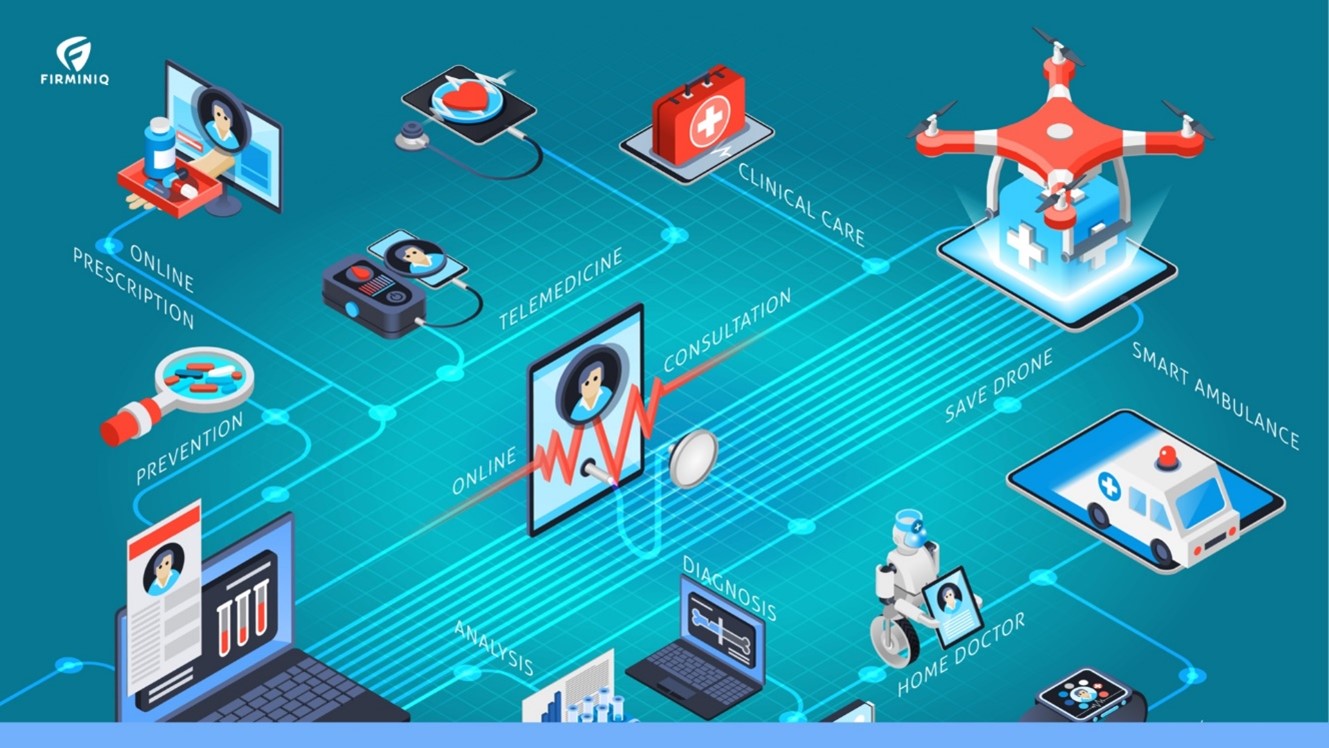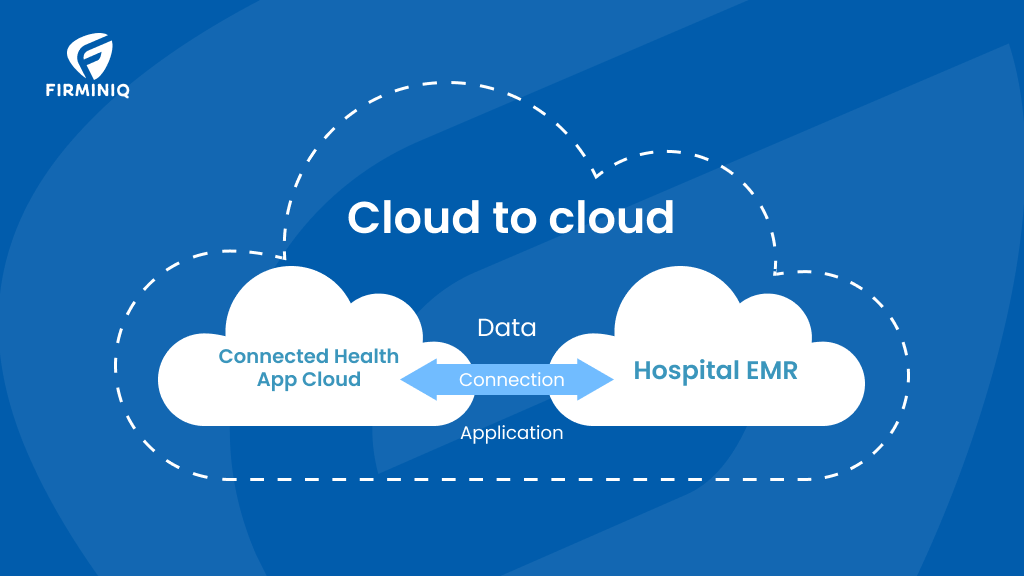The way healthcare is accessed is changing faster than ever, thanks to new technology. Remote Patient Monitoring (RPM) and telehealth are at the forefront of this transformation, making it easier for patients to get medical care from the comfort of their homes.
RPM allows doctors to track patients’ health in real-time using wearable devices and smart technology, reducing hospital visits and improving care. Meanwhile, telehealth has revolutionized doctor-patient interactions, enabling video consultations and virtual check-ups that save time and effort.
In this blog, we’ll explore the numbers behind RPM and telehealth—how they’ve grown, their benefits, and what the future holds. With real data and expert insights, you’ll see why these innovations are set to reshape healthcare for years to come.
The Surge in Adoption
The COVID-19 pandemic acted as a catalyst for the rapid adoption of telehealth and RPM services. In 2020, over 50% of all outpatient care was delivered virtually at its peak during the pandemic. The number of patients using telehealth grew from 11% in 2019 to approximately 46% in 2021. This surge was driven by the necessity to minimize in-person interactions and reduce the risk of virus transmission.
Similarly, RPM has seen significant growth. In 2020, 23 million patients were utilizing RPM technologies and services. This number is projected to reach 70.6 million patients in the U.S. by 2025, accounting for nearly 26.2% of the population.
Market Growth and Projections
As the healthcare landscape continues to evolve, the integration of RPM and telehealth technologies is expected to play a pivotal role in enhancing patient outcomes, improving accessibility to care, and reducing overall healthcare costs.
The numbers below underscore the growing importance of telehealth and RPM in modern healthcare, driven by technological advancements, increased demand for remote healthcare services, and the need for cost-effective healthcare delivery solutions.
- RPM Market Growth: The global RPM market was valued at $1.45 billion in 2021 and is projected to reach $4.07 billion by 2030, growing at a compound annual growth rate (CAGR) of 8.74%.
- Telehealth Market Expansion: The global telehealth market size was estimated at USD 101.15 billion in 2023 and is projected to grow at a CAGR of 24.3% from 2024 to 2030.
Technological Advancements Driving Growth
The rapid adoption of RPM and telehealth is propelled by continuous technological advancements. These innovations enhance the efficiency, accuracy, and accessibility of remote healthcare. Below are key technological developments driving this growth:
1. Artificial Intelligence (AI) and Machine Learning (ML)
Artificial Intelligence (AI) is transforming healthcare by analyzing vast amounts of patient data to detect patterns and predict health risks. AI-powered algorithms can provide early warnings for conditions like heart disease, diabetes complications, and mental health issues.
A survey among radiology department employees revealed that acceptable error rates for AI were 6.8%, compared to 11.3% for humans, indicating AI’s potential to reduce diagnostic errors. This demonstrates AI’s potential to improve diagnosis and reduce errors, strengthening remote healthcare services.
2. Wearable and IoT-enabled Devices
Smartwatches, ECG patches, and glucose monitors are making remote monitoring easier and more effective.
The global wearable medical devices market size was valued at approximately $42.74 billion in 2024 and is projected to grow at a CAGR of 25.53% from 2025 to 2030. This rapid growth reflects increasing consumer adoption, technological improvements, and the healthcare sector’s commitment to digital transformation.
3. 5G and Faster Internet Connectivity
With 5G connectivity, telehealth video calls are smoother, and doctors can conduct high-resolution imaging remotely. 5G technology facilitates real-time data transmission, which is crucial for applications like remote surgeries and immediate emergency consultations.
4. Blockchain for Data Security
Medical data security is a major concern, and blockchain technology is helping make health records more secure and tamper-proof. Blockchain ensures that medical records are tamper-resistant and accessible only to authorized personnel, enhancing trust in telehealth services.
5. Virtual Reality (VR) and Augmented Reality (AR)
VR and AR are changing how healthcare is delivered, especially in therapy, pain management, and medical training. VR provides immersive simulations for medical students, enhancing their learning experience without the need for physical presence.
Challenges and Considerations
While RPM and telehealth offer many benefits, there are challenges that need to be addressed:
- Data Security and Privacy: The increase in sensitive medical data online raises cybersecurity concerns, necessitating robust data protection measures.
- Regulatory and Reimbursement Policies: The uncertainty surrounding telehealth reimbursement, especially with impending expirations of temporary measures, poses challenges for sustained adoption.
- Technological Barriers: Not all patients have access to the necessary technology or possess the digital literacy required to effectively use telehealth services.
The Road Ahead
The future of healthcare is digital-first. As RPM and telehealth continue to evolve, they will play an even bigger role in:
- Chronic disease management: Helping patients with conditions like diabetes and heart disease stay on top of their health.
- Emergency response: Faster data transmission can help save lives in critical situations.
- Global healthcare access: Expanding medical services to remote and underserved communities.
To keep up with these changes, healthcare organizations need advanced solutions. At FIRMINIQ, we specialize in custom healthcare software development, seamlessly integrating RPM, telehealth, AI, and secure data management into one robust, scalable solution. Whether you’re a hospital, clinic, or healthcare startup, our expertise can help you build and deploy future-ready solutions. Get in touch today.






